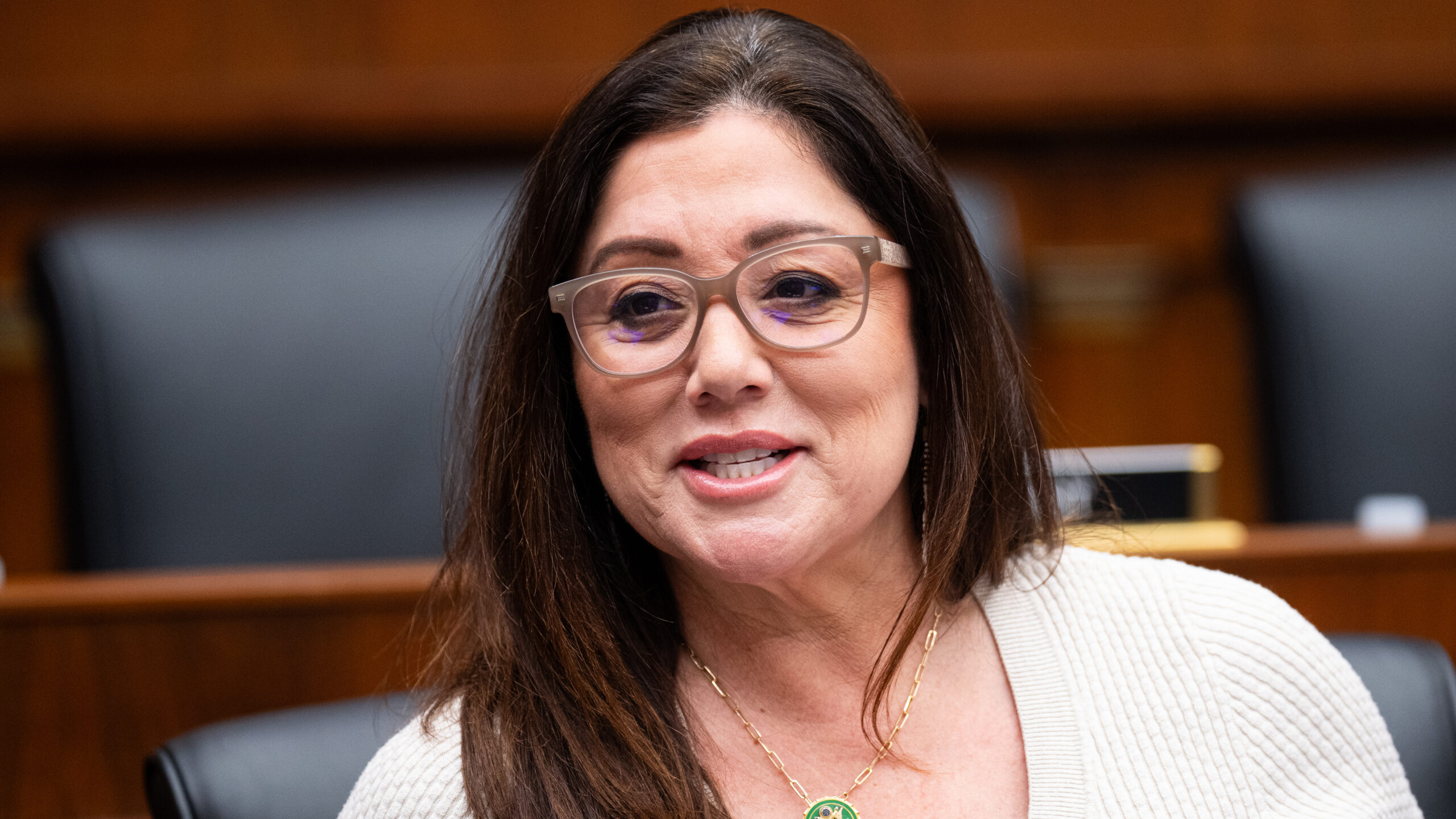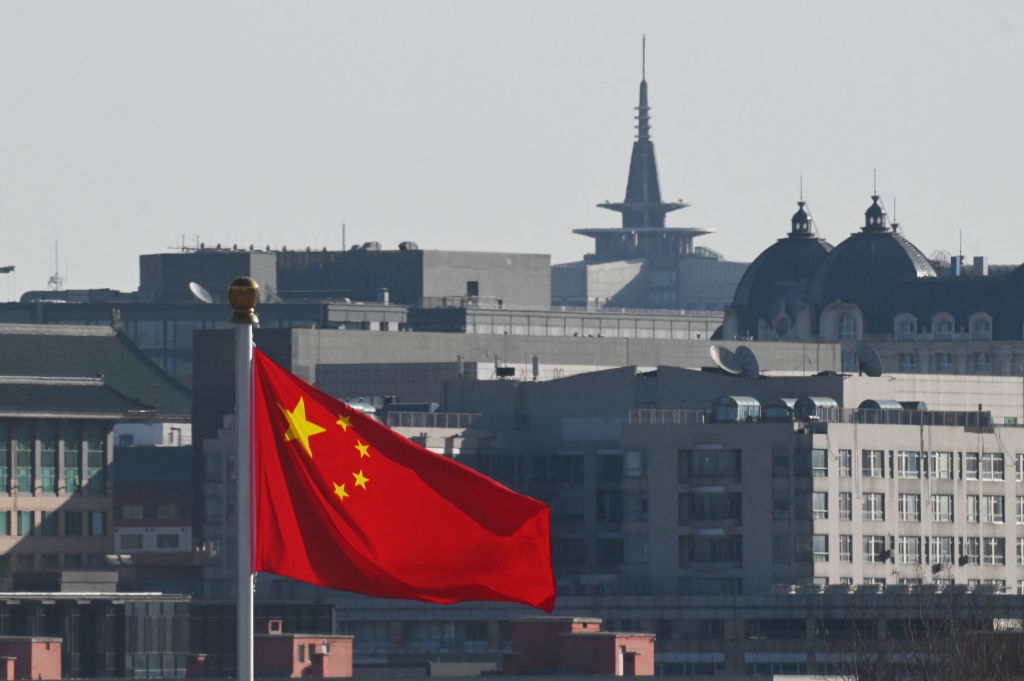Border chaos looms as migrants race to beat Trump policies


Migrants traveling through Mexico to reach the United States feel a deep sense of uncertainty. That uncertainty stems from Donald Trump’s victory in November and his promise to seal the southern border and target those living in the U.S. illegally.
However, much of the uncertainty centers on what will happen when migrants arrive at the U.S.-Mexico border. Based on my recent trip to Oaxaca, they remain determined to reach the United States, Trump or no Trump.
The effects of the Biden-Harris border crisis will likely persist for years, even if Trump follows through on his campaign promises.
“Yes, it’s become more difficult. The moment they named Trump as president, it’s become horrible. Since he’s been named, we now live in uncertainty. We live with fear, with angst,” one Venezuelan man in a makeshift camp said in an interview. “We get desperate to be able to cross” the border.
“We are all going with the same goal, and in this moment, we are not thinking about deportations because we are thinking about entering” the United States, one woman who was with a large group of women and children told me.
Another group of young adults said they plan to reach the northern Mexican border by Wednesday, Dec. 18. They believe the United Nations’ designation of International Migrants Day means the border will be open for them to cross. Todd Bensman, a senior national security fellow with the Center for Immigration Studies, reported hearing the same rumor during his recent trip to Mexico City.
Two things can be true at once: The Mexican government is cracking down on migrants in certain parts of the country while taking a more relaxed approach in other regions.
A recent video from Piedras Negras, a Mexican border town across from Eagle Pass, Texas, highlights the ongoing issue. Although the area is less busy than this time last year, a sizeable group illegally crossed the Rio Grande while U.S. National Guardsmen in boats tried to deter them. What stood out was that the group crossed from the town itself, not the outskirts. No Mexican officials intervened to stop the migrants from entering the river.
This underscores the challenges facing the new Trump administration when it takes power next month. While Trump’s tariff threats appear to have made crossing Mexico more difficult, the impact remains insufficient. For nearly four years, the flow of migrants has continued unabated. Many interests — corrupt officials, cartels, and non-governmental organizations — have profited off the backs of vulnerable people. All of them have a vested interest in keeping that flow moving.
Tens of thousands of migrants remain in Mexico. Some have just begun their journey in the south, while others are already near the U.S. border after setting out months ago. The Mexican government has broken up caravans leaving the border town of Tapachula, but primarily to reduce the appearance of large groups arriving at the border at once. Mexico failed to prevent this during the 2021 Del Rio, Texas, international bridge crisis, when Haitians overwhelmed the small city.
While Trump’s win has demoralized some migrants, for many, it is just another obstacle in a long series of challenges. Going home is simply not an option.
Migrants are also entering the United States through the CBP One app. Trump’s Department of Homeland Security will almost certainly cancel the program, but many migrants are already heading to ports of entry because they are enrolled or expect to be soon. Once the app goes offline, thousands who made the journey may believe they have no reason to return to their home countries.
The effects of the Biden-Harris border crisis will likely persist for years, even if Trump follows through on his campaign promises. As the saying goes, you can’t put the toothpaste back in the tube. Migrants, NGOs, and bad actors will happily exploit any weak point in action or policy. The new Trump administration must not falter.
Originally Published at Daily Wire, Daily Signal, or The Blaze
What's Your Reaction?
 Like
0
Like
0
 Dislike
0
Dislike
0
 Love
0
Love
0
 Funny
0
Funny
0
 Angry
0
Angry
0
 Sad
0
Sad
0
 Wow
0
Wow
0





































































